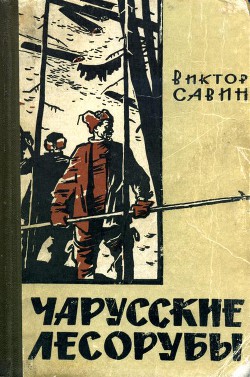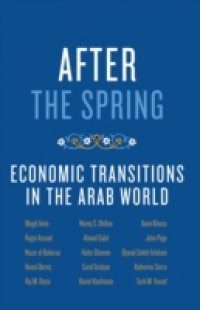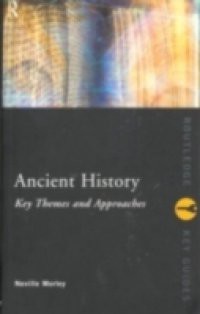The Hieroi Logoi (or "Sacred Tales") of Aelius Aristides presents a unique first-person narrative from the ancient world-one that seems at once public and private, artful and naive. A prominent rhetor among the educated elite of second-century Asia Minor, Aristides produced a substantial body of polished discourses, declamations, and hymns. Within his oeuvre, however, the unparalleled Logoi stand out, and while scholars have embraced it as a rich source for Imperial-era religion, politics, and elite culture, the style of the text has presented a persistent stumbling block to literary analysis. Setting this dream-memoir of illness and divine healing in the context of Aristides' professional concerns as an orator, this book investigates the text's rhetorical aims and literary aspirations. At the Limits of Art argues that the Hieroi Logoi is an experimental work. Incorporating numerous dream accounts and narratives of divine cure in a multi-layered and open text, Aristides works at the limits of rhetorical convention to fashion an authorial voice that is transparent to the divine. Reading the Logoi in the context of contemporary oratorical practices, and in tandem with Aristides' polemical orations and prose hymns, the book uncovers the professional agendas motivating this unusual self-portrait. Aristides' sober view of oratory as a sacred pursuit was in tension with a widespread contemporary preference for spectacular public performance. In the Hieroi Logoi, he claims a place in the world of the Second Sophistic on his own terms, offering a vision of his professional inspiration in a style that pushes the limits of literary convention.
















